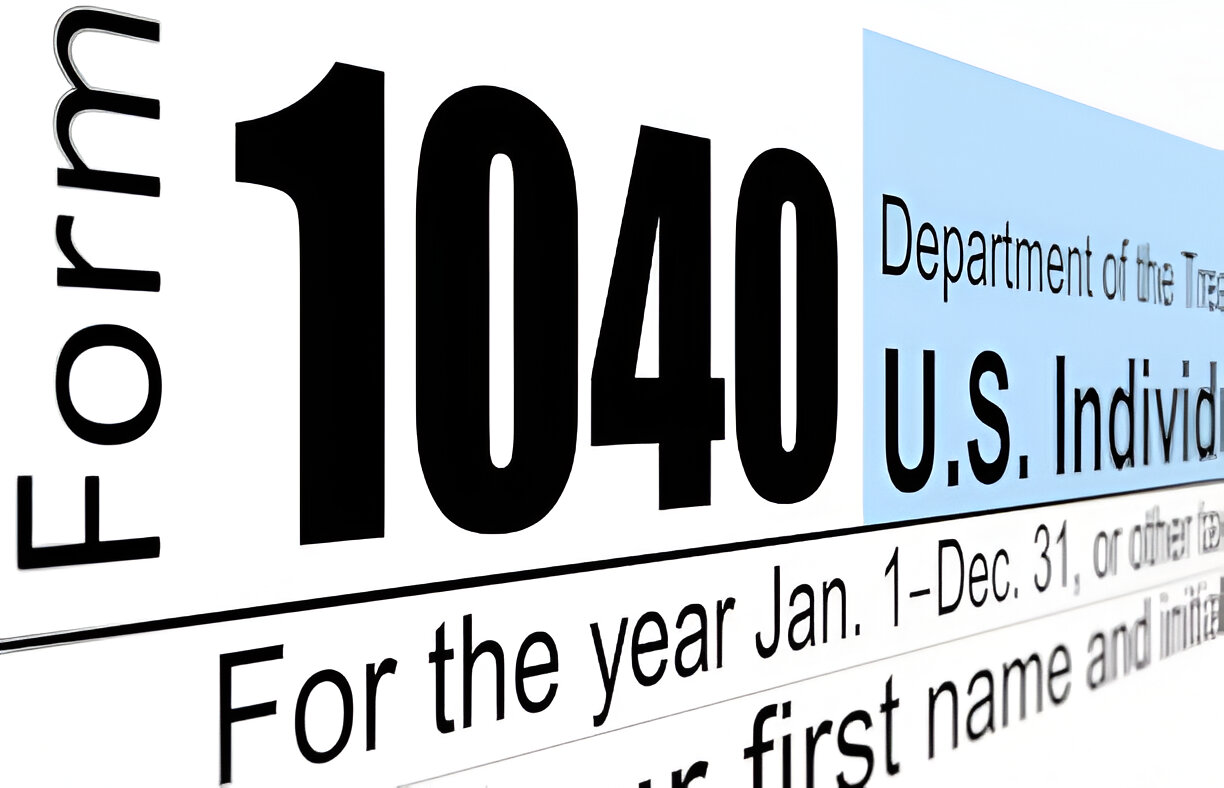Despite a common perception, the Tax Cuts and Jobs Act (TCJA) didn’t permanently eliminate the deduction for personal casualty and theft losses. For one thing, the TCJA crackdown is temporary, spanning 2018 through 2025. For another, it doesn’t apply to losses suffered in a federally-designated disaster area.
Thus, you may be able to salvage a deduction when disaster strikes. Damages in these areas are often significant. However, to be eligible to deduct a disaster-area loss, you still must meet the usual rules for casualty losses.
Background: Under prior law, you could deduct losses to personal property that were caused by a “sudden, unexpected, or unusual” event. Typically, this included damage or destruction from natural disasters, but also applied to, say, an automobile collision or water pipes bursting during a winter freeze.
The amount of deductible loss was reduced by any insurance reimbursements you received. Furthermore, two key limits applied to deductions.
- You could deduct only the excess above 10% of your adjusted gross income (AGI).
- The amount of the loss had to be reduced by $100 for each event.
Say that your AGI was $100,000 and you incurred an unreimbursed loss of $20,000. In this case, your deduction was $9,900.
For these purposes, the deductible amount is equal to the lesser of your adjusted basis of your property and the decrease in fair market value of your property resulting from the casualty. If income-producing property (e.g., rental real estate) is completely destroyed, the amount of the loss is limited to your adjusted basis in the property.
The upshot: If you sustain deduct a loss in a federally designated disaster area in 2022, you may deduct the loss, subject to the prevailing limits. (Although Congress has tweaked these rules in recent years, the 10%-of-AGI limit and $100 per-event reduction are still in place for this year.)
Normally, a casualty loss is claimed on the tax return for the year in which the casualty occurred. However, a special election is available for losses in a federal disaster area. Specifically, you can elect to deduct the loss on the tax return for the year preceding the actual event.
For example, if you suffer a loss during hurricane season in 2022, you don’t have to wait until you file your 2022 return. Instead, you can obtain faster relief by filing an amended 2021 return, or, if you have an automatic filing extension, the 2021 return that is due by October 15, 2022.
Caution: Be aware that the IRS often challenges casualty loss deductions. The best proof you can offer is to photos or videotapes of the property in its current condition. In other words, obtain documentation before a casualty occurs. The visual proof can be convincing when coupled with snapshots of the property immediately after a casualty occurs. Store these records in a secure location.
Finally, remember that the rules above only apply to personal casualty losses. Your small business may deduct qualified casualty losses in full without regard to any dollar or percentage limits.
Thanks for reading CPA Practice Advisor!
Subscribe Already registered? Log In
Need more information? Read the FAQs




